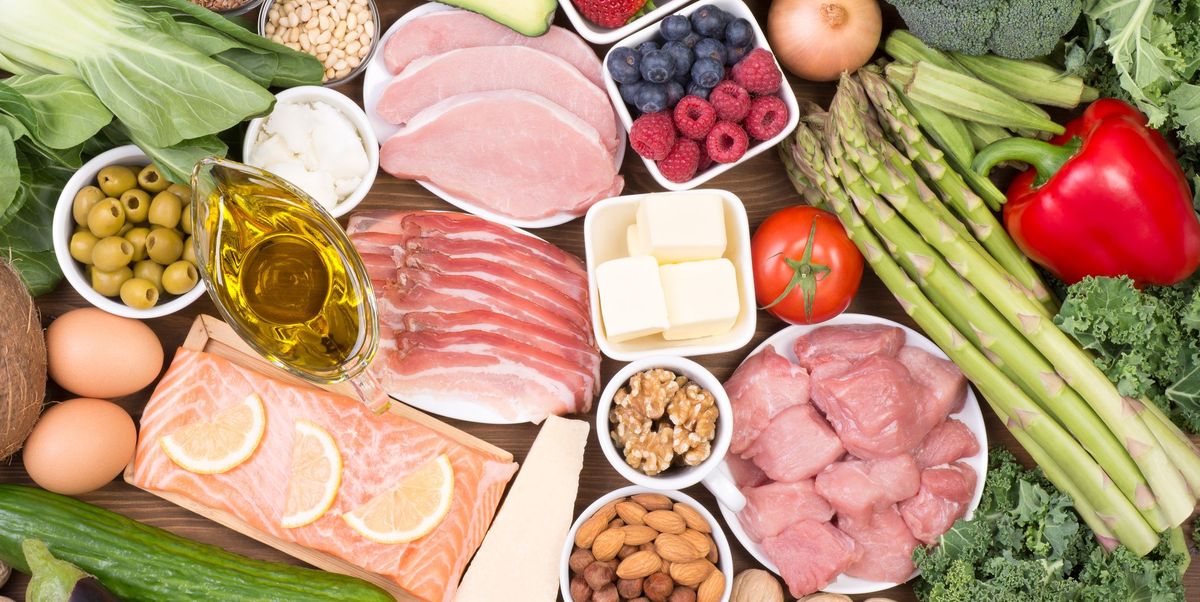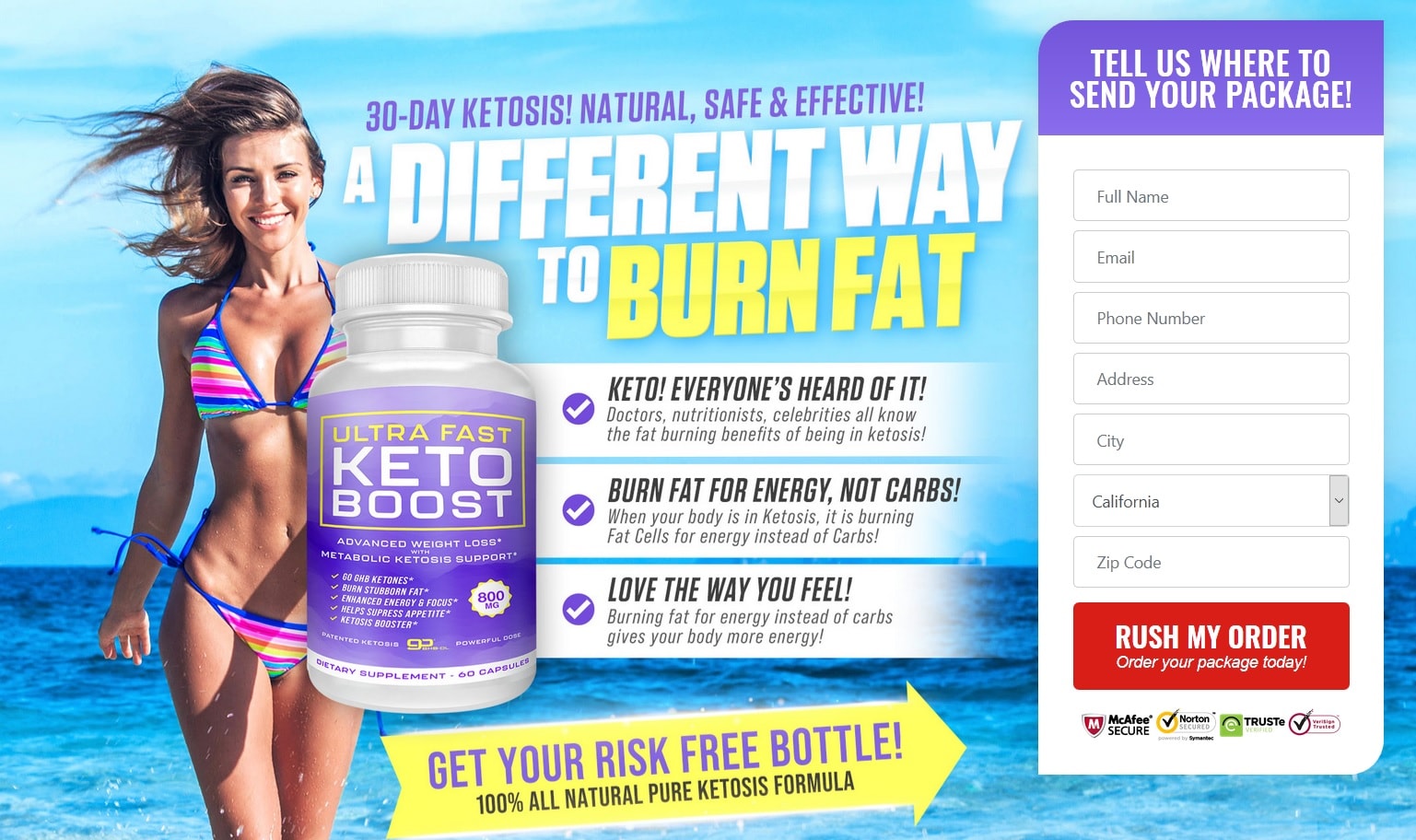Table of Contents

Discovering what you can eat on a keto diet is essential for success. With a focus on low-carb, high-fat foods, this research-based guide will illuminate the path to a healthier you. From protein-packed sources to nourishing vegetables and delectable snacks, you’ll uncover a world of delicious options that align with your keto goals. Get ready to embark on a culinary adventure that will leave you feeling satisfied, energized, and in control of your nutritional choices.
Foods to Include on a Keto Diet
You should aim to cut out foods high in carbohydrates and focus on including foods that are low in carbs and high in healthy fats on a keto diet. So, what can you eat on a keto diet? Well, there are plenty of options to choose from. First and foremost, you can enjoy meat and poultry, such as beef, chicken, and turkey. These protein sources are not only delicious but also low in carbs. Seafood, like salmon and shrimp, is another great choice as it is high in healthy fats.
When it comes to vegetables, opt for those that are low in carbs, such as leafy greens, broccoli, and cauliflower. Avocados are also an excellent addition to your keto diet as they are rich in healthy fats. Don’t forget about eggs! They are a versatile food that can be enjoyed in various ways.
In terms of fats, incorporate foods like nuts and seeds, olive oil, and coconut oil. These are all great sources of healthy fats that can help keep you satisfied on your keto journey.
Essential Ingredients for a Keto Diet
When following a keto diet, it’s important to have essential ingredients that are low in carbs and high in healthy fats. These ingredients will help you maintain ketosis, a metabolic state where your body burns fat for fuel instead of carbohydrates. So, what can you eat on a keto diet?
Firstly, focus on consuming high-quality sources of protein. This can include grass-fed beef, poultry, fatty fish like salmon or mackerel, and eggs. These protein sources are not only low in carbs but also provide essential nutrients.
Next, incorporate a variety of low-carb vegetables into your meals. Leafy greens, broccoli, cauliflower, and zucchini are excellent choices. They are packed with fiber, vitamins, and minerals, while being low in net carbs.
To increase your healthy fat intake, include foods like avocados, nuts, and seeds. These are rich in monounsaturated fats and provide a satisfying crunch to your meals or snacks.
Dairy products can also be enjoyed on a keto diet, as long as they are low in carbs. Opt for full-fat options like cheese, butter, and heavy cream. However, be mindful of your dairy intake, as some individuals may be sensitive to lactose.
Lastly, don’t forget to hydrate! Water, herbal tea, and coffee are all keto-friendly beverages that can keep you well-hydrated throughout the day.
Top Protein Sources for a Keto Diet
For optimal protein intake on a keto diet, focus on incorporating high-quality sources such as grass-fed beef, poultry, fatty fish, and eggs. These protein-rich foods are not only delicious but also align with the principles of a keto diet. When following a keto diet, it is important to consume foods that are low in carbohydrates and high in healthy fats and proteins. Grass-fed beef is an excellent choice as it is higher in omega-3 fatty acids and contains more vitamins and minerals compared to conventionally raised beef.
Poultry, such as chicken and turkey, is another great option as it is low in carbs and provides a good amount of protein. Fatty fish like salmon and mackerel are not only rich in protein but also packed with heart-healthy omega-3 fatty acids. Lastly, eggs are a versatile and affordable protein source that can be easily incorporated into your keto diet. They are low in carbs and high in essential nutrients. Remember, when selecting protein sources for your keto diet, focus on quality and variety to ensure you are getting all the necessary nutrients.
Low-Carb Vegetables for a Keto Diet
Include a variety of low-carb vegetables in your keto diet to ensure you are getting all the necessary nutrients. While the ketogenic diet focuses on high fat and low carbohydrates, it is important to remember that not all vegetables are created equal in terms of their carb content. When planning your meals, opt for vegetables that are low in carbs but still packed with essential vitamins and minerals.
Leafy greens such as spinach, kale, and lettuce are excellent choices for a keto diet. They are low in carbs and high in fiber, which can help you feel fuller for longer. Other low-carb vegetables include broccoli, cauliflower, zucchini, and bell peppers. These vegetables are not only low in carbs but also provide a wide range of nutrients. They can be enjoyed raw, steamed, or roasted to add variety to your meals.
It’s also important to note that certain vegetables should be consumed in moderation on a keto diet due to their higher carb content. These vegetables include carrots, onions, and tomatoes. While they can still be included in your diet, be mindful of portion sizes to stay within your daily carb limit.
Healthy Fats to Enjoy on a Keto Diet
To maintain a healthy keto diet, you should aim to enjoy a variety of healthy fats in your meals. Healthy fats are an essential component of the keto diet as they provide energy and help you feel satiated. They also support brain function and hormone production. When following a keto diet, it is important to focus on consuming fats that are nutrient-dense and beneficial for your overall health.
One of the best sources of healthy fats on a keto diet is avocados. They are rich in monounsaturated fats and provide important nutrients like potassium, vitamin K, and vitamin E. Other healthy fat options include nuts and seeds, such as almonds, walnuts, chia seeds, and flaxseeds. These are not only high in healthy fats but also provide fiber and essential vitamins and minerals.
Olive oil and coconut oil are excellent choices for cooking and dressing on a keto diet. They are high in healthy fats and contain beneficial compounds with anti-inflammatory properties. Fatty fish, such as salmon, mackerel, and sardines, are also great options as they are rich in omega-3 fatty acids, which have numerous health benefits.
Dairy Products on a Keto Diet
If you’re following a keto diet, one of the options available to you are dairy products and they can be an excellent addition to your meals. Dairy products are a great source of essential nutrients, including protein, calcium, and vitamin D. However, it’s important to choose the right dairy products that fit within the guidelines of a keto diet.
When it comes to dairy products on a keto diet, full-fat options are preferred over low-fat or fat-free varieties. This is because the ketogenic diet relies on high fat intake to trigger ketosis, a metabolic state where the body burns fat for fuel instead of carbohydrates. Some examples of high-fat dairy products that you can include in your keto diet are full-fat cheese, butter, heavy cream, and full-fat yogurt.
However, it’s important to be mindful of your portion sizes when including dairy products in your meals. While they are a good source of fat and protein, they can also be high in calories. Additionally, some dairy products may contain added sugars or carbohydrates, so it’s important to read labels and choose products that are low in carbs.
Nuts and Seeds for a Keto Diet
Fortunately, you can enjoy a wide variety of nuts and seeds on a keto diet, as they are not only delicious but also packed with healthy fats and essential nutrients. Nuts and seeds are excellent choices for a keto diet because they are low in carbs and high in healthy fats, making them a perfect snack option. Almonds, walnuts, pecans, and macadamia nuts are all great choices as they are high in healthy fats and low in carbs. Additionally, they provide essential nutrients like vitamin E, magnesium, and fiber.
Chia seeds, flaxseeds, and pumpkin seeds are also fantastic options as they are rich in healthy fats, fiber, and protein. These seeds can be added to various dishes, such as salads, smoothies, or even used as a topping for keto-friendly desserts. It’s important to keep portion sizes in mind when consuming nuts and seeds on a keto diet, as they are calorie-dense. However, including them in your diet can provide you with essential nutrients and help you stay satiated. So go ahead and enjoy a handful of nuts or sprinkle some seeds on your meals to add flavor and texture while staying on track with your keto diet.
Sweet and Savory Keto Snacks
When it comes to satisfying your cravings on a keto diet, you’ll be delighted to know that there are plenty of sweet and savory snacks that you can enjoy. While the keto diet limits the consumption of carbohydrates, it doesn’t mean you have to give up on tasty snacks altogether. There are many options available that are both delicious and keto-friendly.
For sweet snacks, you can indulge in treats like sugar-free dark chocolate, keto-friendly ice cream, or berries with whipped cream. These options are low in carbs and can satisfy your sweet tooth without jeopardizing your ketosis.
If you prefer savory snacks, there are also plenty of choices. You could enjoy some cheese and charcuterie, roasted nuts, or keto-friendly dips with vegetable sticks. These snacks provide a satisfying crunch and are packed with flavor.
In addition to these suggestions, there are countless recipes available for homemade keto snacks. You can find recipes for keto-friendly cookies, muffins, and even savory snacks like keto cheese crackers. These homemade snacks allow you to control the ingredients and make them according to your taste preferences.

